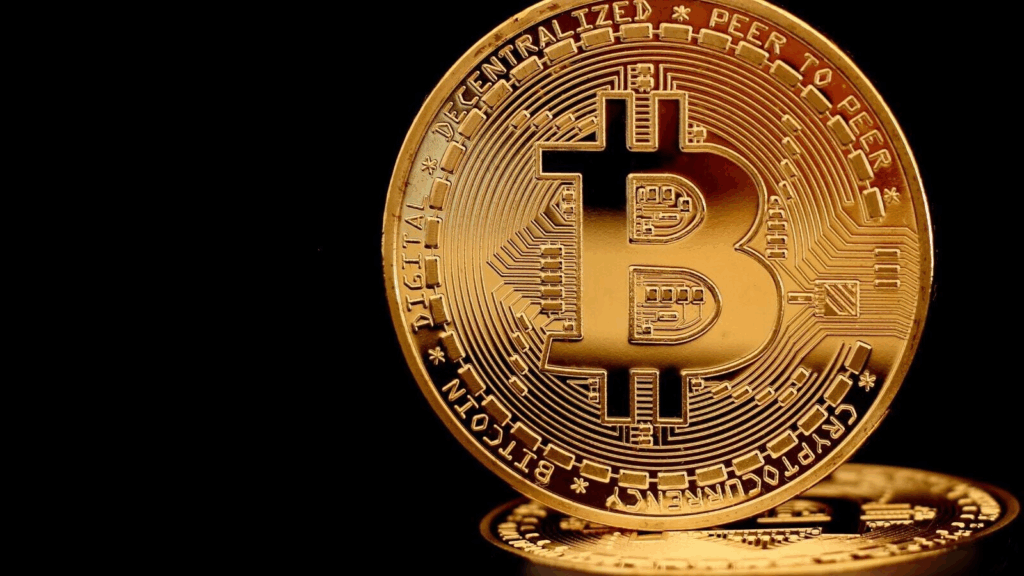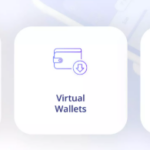In this article, I will discuss the What Is Bitcoin and How Does It Work. Bitcoin represents a form of purely digital currency that relies neither on central banks nor on governmental authority; instead, it employs a cryptographic ledger known as the blockchain to document financial exchanges in an immutable and decentralized manner.
The presentation will elaborate on the currency’s defining characteristics, the mechanisms underlying its operation, the advantages it affords to users, the difficulties it faces, and its broader relevance in the present-day financial ecosystem.
What Is Bitcoin?
Bitcoin represents a decentralized digital currency, entirely free from governmental or banking oversight. It first emerged in 2009, crafted by the pseudonymous entity known as Satoshi Nakamoto.

Distinct from fiat currencies, Bitcoin resides exclusively on the Internet and employs blockchain technology to chronicle transactions in a manner that guarantees both immutability and security.
Verification of each transfer is performed by nodes in the network referred to as miners, whose collective work provides the dual benefits of transparency and cryptographic trust. Constructed to accommodate a finite issuance of 21 million units, Bitcoin is frequently analogized to digital gold, prized for its inherent security, limited supply, and borderless liquidity.
How Does It Work
Blockchain Architecture: Bitcoin utilizes a distributed public ledger known as the blockchain, where every transaction is securely and transparently recorded, allowing any participant to verify the historical state without central oversight.
Consensus Mechanism: Miners participate in a resource-intensive process of solving cryptographic puzzles that confirm transaction validity and batched inclusion in the ledger, receiving newly minted Bitcoins as monetary incentive and transaction fees.
Decentralized Exchange: Bitcoin enables peer-to-peer transfers, permitting individuals to remit value directly between wallets, thus minimizing reliance on traditional financial institutions and significantly lowering transactional costs and processing time.
Wallet Infrastructure: Users maintain a software-based wallet that contains a pair of cryptographic keys—the public key for receiving funds and the corresponding private key for authorizing outflows, ultimately ensuring the integrity and confidentiality of Bitcoin balances.
Capped Emission: The Bitcoin monetary supply is algorithmically limited to 21 million Coins, engendering provable scarcity and serving as a bulwark against monetary debasement over time.
Benefits of Bitcoin
Decentralization: Eliminating intermediaries empowers individuals by vesting full ownership over their funds outside any sovereign or institutional authority.
Global Accessibility: A single digital address suffices for international tranhttps://altwow.com/where-to-find-new-ido-launches/sactions, rendering payment corridors borderless and efficient.
Security and Transparency: Distributed ledgers record every transfer in an immutable and openly auditable form, promoting accountability and substantially lowering counterparty risk.
Reduced Transaction Costs: The absence of legacy clearing houses permits relatively inexpensive peer-to-peer movements, often with fee structures superior to those of correspondent banking.
Built-in Scarcity and Inflation Hedge: The upper issuance cap of twenty-one million units positions Bitcoin analogously to Precious Metals, attracting those seeking durable value preservation.
Expanded Financial Inclusion: Bitcoin’s online nexus delivers banking-like utilities to populations underserved by conventional branches and networks, broadening access to savings and payment mechanisms.
Is Bitcoin safe to use?
Bitcoin is widely regarded as secure due to its blockchain architecture, which confers transparency, cryptographic protection, and an exceptionally low likelihood of subsequent modification. Every transaction is authenticated by a distributed array of miners, thereby minimizing opportunities for fraudulent activity within the network.
Nevertheless, the overall safety of Bitcoin is inextricably linked to individual user practices. Should private keys or wallet credentials be misplaced, intercepted, or compromised, the associated assets become irretrievable.
Adopting robust security measures—employing hardware or non-custodial wallets, activating two-factor authentication, and exercising vigilance against phishing and social-engineering schemes—remains imperative for safeguarding Bitcoin in both quotidian transactions and long-term investment scenarios.
Risks and Challenges

Price Volatility
Expect significant and rapid fluctuations in Bitcoin’s market price; this inherent instability poses considerable exposure for holders and traders alike.
Regulatory Ambiguity
Policymakers across various jurisdictions are still formulating legislative frameworks; prospective changes in regulatory posture may constrain the currency’s accessibility or recognition.
User-Driven Security Risks
Although the core blockchain protocol exhibits robust cryptographic integrity, the endpoint deficiency—including compromised wallets, phishing schemes, and the permanent loss of cryptographic keys—could lead to definitive capital impairment.
Throughput Limitations
Bitcoin’s current consensus mechanism supports a constrained number of transactions per second; persistent congestion may precipitate protracted settlement delays and a commensurate rise in miner fees.
Finality of Transactions
Transactions, once broadcast to the network and confirmed, attain irreversible finality; this characteristic may amplify the impact of entry errors or exploitation by malicious actors.
The Future of Bitcoin
The outlook for Bitcoin, while optimistic, remains of guarded indeterminacy, reflecting an intensifying discourse among both individual and institutional participants.
Expansion of merchant acceptance, incorporation within established payment infrastructures, and nascent acknowledgment as a credible store-of-value collectively accentuate its increasing market prominence.
Notwithstanding, persistent questions of scalability, ecological sustainability, and heightened regulatory inclination continue to exert constraint. Technological initiatives, such as the Lightning Network, pursue enhancements in transactional throughput and diminished fee burdens.
Constrained by a predetermined monetary supply and countervailing demand, Bitcoin may progressively fortify its identity as “digital gold” and a foundational pillar within the nascent architecture of decentralized finance.
Pros & Cons
| Pros | Cons |
|---|---|
| Decentralized and independent of governments or banks | Highly volatile prices, risky for investors |
| Global accessibility for anyone with internet | Regulatory uncertainty in many countries |
| Secure and transparent transactions via blockchain | Vulnerable to hacks, scams, and lost private keys |
| Lower fees compared to traditional banking systems | Limited transaction speed and scalability issues |
| Fixed supply of 21 million coins, hedge against inflation | Irreversible transactions, no refund option |
| Promotes financial inclusion for unbanked populations | Energy-intensive mining raises environmental concerns |
Conclusion
The advent of Bitcoin has fundamentally reshaped contemporary monetary thought through its characteristics of decentralization, borderlessness, and robust digital security. Underpinned by a transparent blockchain architecture, the currency’s operation is rendered inherently auditable, while a predefined issuance cap confers upon it the properties of a scarce store of value.
Challenges—most notably price volatility, evolving regulatory regimes, and questions of network scalability—persist, yet Bitcoin has nevertheless secured widening affirmation worldwide, serving simultaneously as a speculative and transactional vehicle.
Mastery of the underlying protocol and economic design enables individuals and institutions to weigh the attendant opportunities and vulnerabilities with acuity, positioning Bitcoin as a crucial agent of innovation now charting the contours of the forthcoming digital financial ecosystem.
FAQ
What exactly is Bitcoin?
Bitcoin is a decentralized digital currency that allows peer-to-peer transactions without banks or intermediaries, using blockchain technology for security.
Who created Bitcoin?
Bitcoin was introduced in 2009 by an anonymous person or group under the name Satoshi Nakamoto.
How many Bitcoins exist?
The total supply is capped at 21 million, making it scarce and resistant to inflation.








